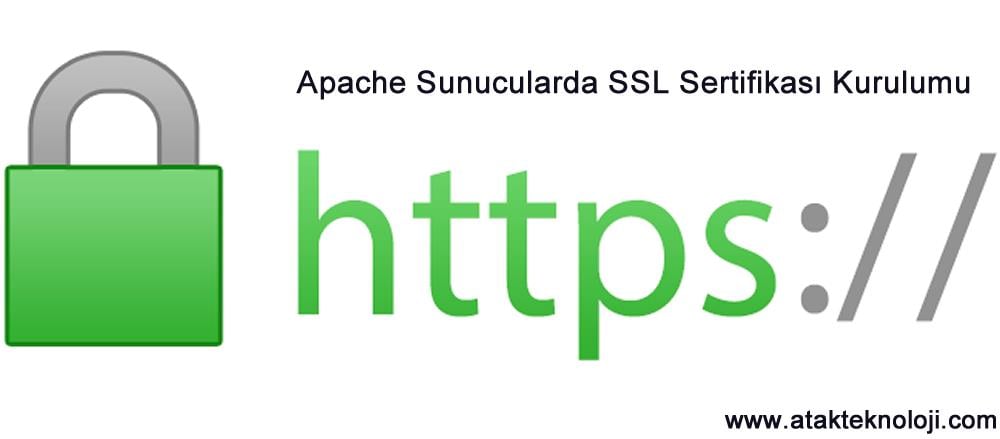
Apache & mod_ssl Certificate Installation
Apache with mod_ssl Installing your Certificate
-
- Extract all of the contents of the ZIP file that was sent to you and copy/move them to your server. The extracted contents will typically be named: yourDomainName.crt and yourDomainName.ca-bundle
- Move all of the certificate related files to their appropriate directories. A typical setup:
-
- Move the Private Key that was generated earlier to the ssl.key directory, which is typically found in /etc/ssl/. This must be a directory which only Apache can access.
- Move the yourDomainName.crt and yourDomainName.ca-bundle to the ssl.crt directory, which is typically found in the /etc/ssl/ directory.
-
- Edit the file that contains the SSL configuration with your favorite text editor. Examples: nano, vi, pico, emacs, mousepad, notepad, notepad++, etc.Note: The location of this file may vary from each distribution. It will be referenced in the Apache global configuration file. Look for the lines starting with include.
- Apache Configuration File:
- Fedora/CentOS/RHEL: /etc/httpd/conf/httpd.conf
- Debian and Debian based: /etc/apache2/apache2.conf
- httpd-ssl.conf
- ssl.conf
- In the /etc/apache2/sites-enabled/ directory.
- In the VirtualHost section of the file please add these directives if they do not exist. It is best to comment out what is already there and add the below entries.
- SSLEngine on
- SSLCertificateKeyFile /etc/ssl/ssl.key/server.key
- SSLCertificateFile /etc/ssl/ssl.crt/yourDomainName.crt
- SSLCertificateChainFile /etc/ssl/ssl.crt/yourDomainName.ca-bundle ***
-
Apache 1.3.x:
SSLEngine on SSLCertificateKeyFile /etc/ssl/ssl.key/server.key SSLCertificateFile /etc/ssl/ssl.crt/yourDomainName.crt SSLCACertificateFile /etc/ssl/ssl.crt/yourDomainName.ca-bundle
Apache 2.x:
SSLEngine on SSLCertificateKeyFile /etc/ssl/ssl.key/server.key SSLCertificateFile /etc/ssl/ssl.crt/yourDomainName.crt SSLCertificateChainFile /etc/ssl/ssl.crt/yourDomainName.ca-bundle
- Save your config file and restart the Apache service. It is sometimes required to 'stop' then 'start' Apache, instead of issuing the 'restart' command for the changes to take effect.
Notes: If you have chosen to have a password on your private key, you will be prompted to enter it each time Apache is started or restarted. Apache will not fully start until the password is entered. The configuration file is often called httpd.conf or apache.conf, although sometimes the SSL-specific section is placed in a separate file called ssl.conf and linked from the main configuration by an 'Include' command. Sometimes, theVirtualHost section will be in a specific file for that site, in a sub-directory often labelled sites-enabled/. Much of the layout of Apache's configuration files and directory naming conventions is controlled by the distribution of OS you are using. It is recommended that you look at the distribution's own site and documentation to confirm the locations.




